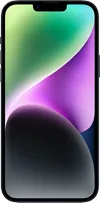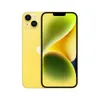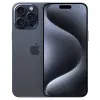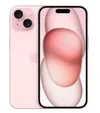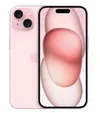Apple responds to iPhone 'parts pairing' controversy — what you need to know
Parts pairing is staying put
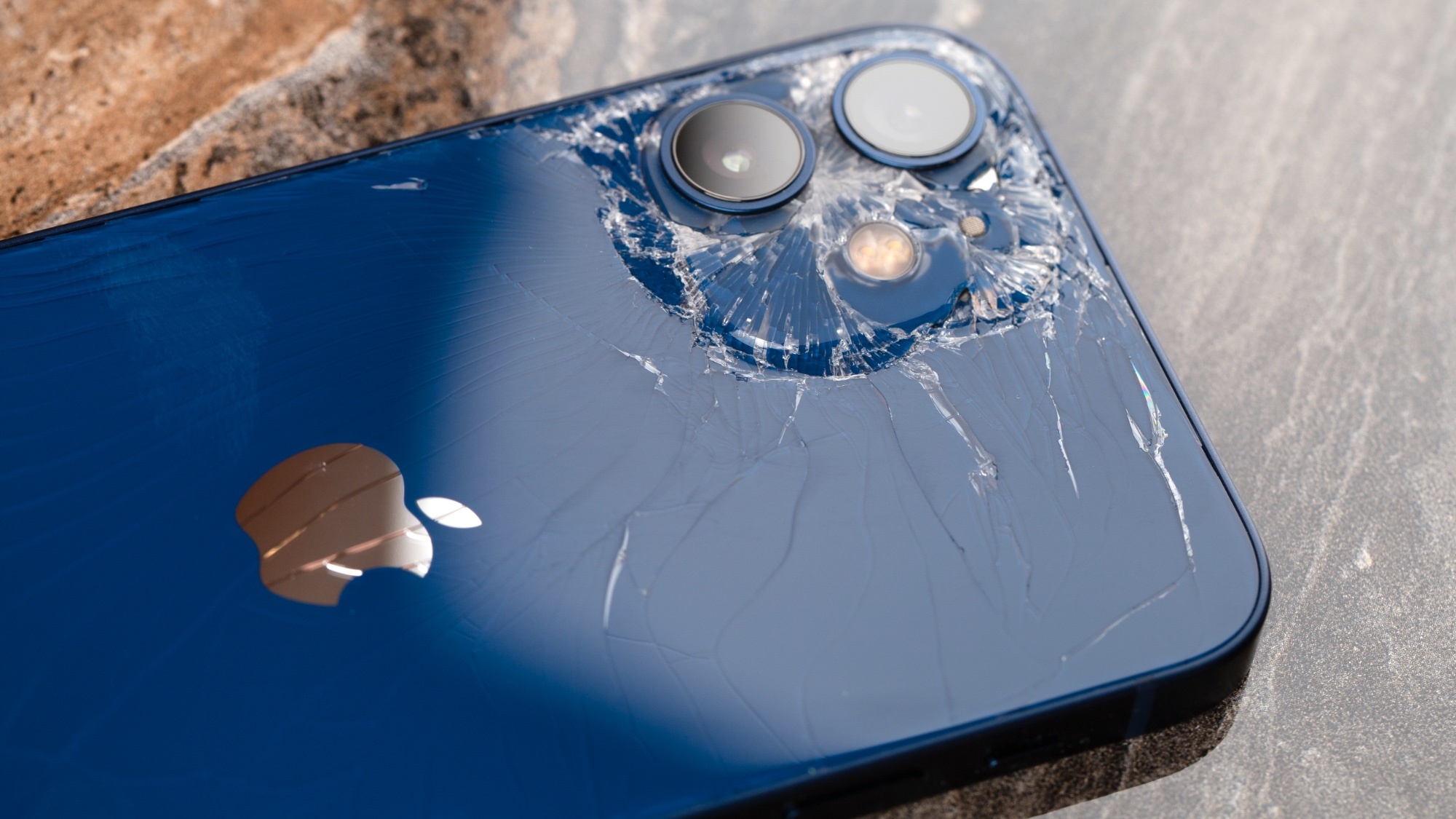
Apple’s Hardware engineering chief John Ternus has responded to criticism about Apple’s recent "parts pairing" process — after the company opted to expand its self-repair program to include used parts.
Speaking to Tech Crunch, Ternus spoke about Apple's views on why parts pairing (when components are registered to, and only work properly with, a specific device) is important, while confirming most iPhones will still work with third-party parts, despite reports of constant notifications when an iPhone fails to verify if a component is genuine or not.
In the interview, he stated, "'Parts pairing' is used a lot outside and has this negative connotation. I think it's led people to believe that we somehow block third-party parts from working, which we don't. The way we look at it is, we need to know what part is in the device, for a few reasons. One, we need to authenticate that it's a real Apple biometric device and that it hasn't been spoofed or something like that."
Ternus went into further detail on the one exception, Touch ID and Face ID, where used parts — Apple-made or not — won't work. "You think about Touch ID and Face ID and the criticality of their security because of how much of our information is on our phones," says Ternus. "Our entire life is on our phones. We have no way of validating the performance of any third-party biometrics. That's an area where we don't enable the use of third-party modules for the key security functions. But in all other aspects, we do."
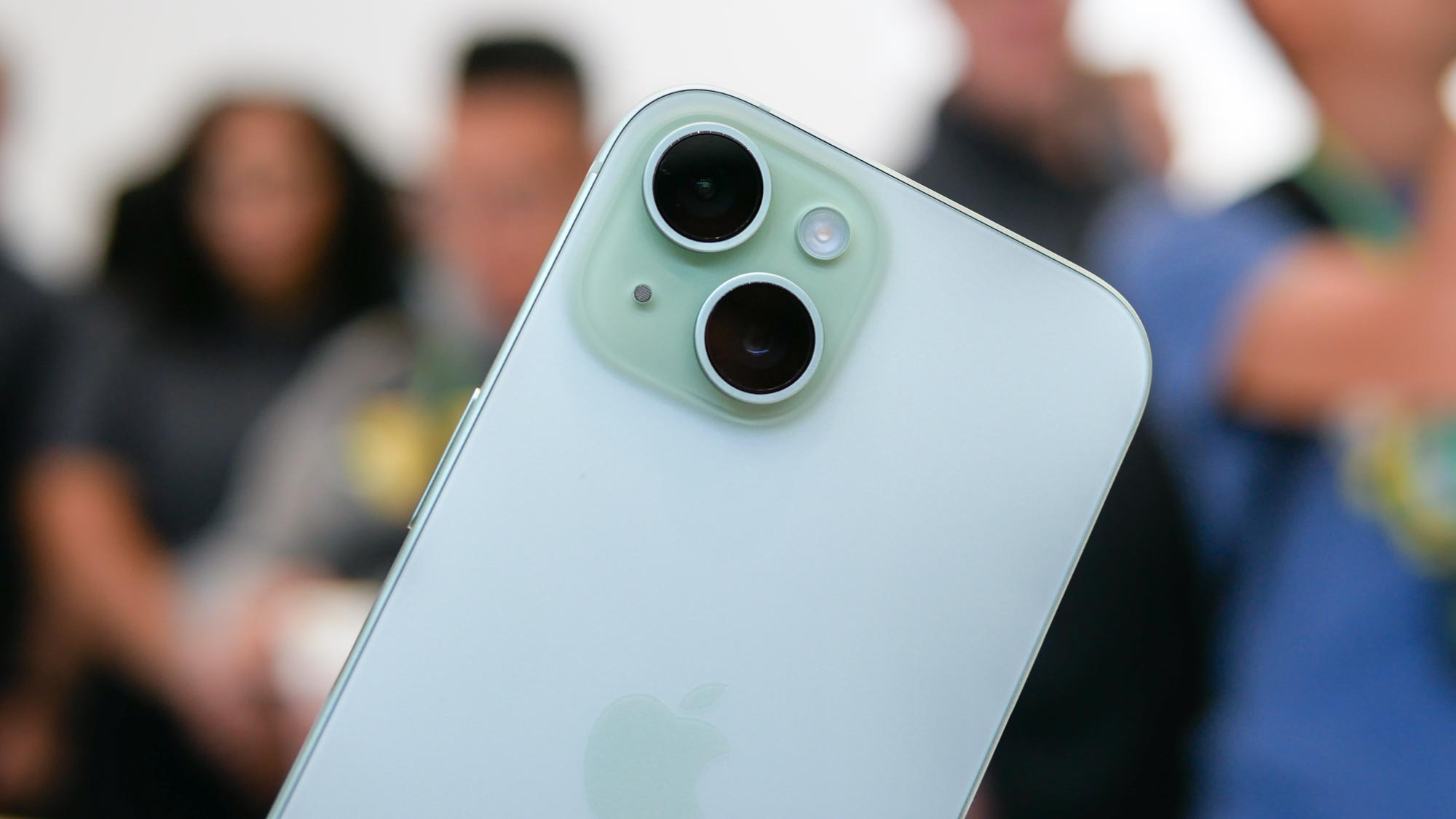
Apple introduced self-repair for iPhones in 2022, allowing users more freedom when repairing their devices. However, they were still limited to using new Apple parts, something that got questioned during the passing of a new right-to-repair bill in Oregon. Apple recently announced that “select” iPhone models can soon repair those phones with used parts, providing they're genuine. We don't know when this update will fall or which models will be affected. However, it will likely start with the iPhone 15 and then expand from there.
Apple will alert customers if a part of their phone has been replaced with a third-party part. If a phone has been repaired, a “Parts and Service History” section will appear in the Settings Menu, informing customers if a non-official part has been used in the repair. Apple is supposedly working to expand this section to show if a used part is a genuine Apple part later this year.
Apple's work to add transparency to second-hand and repaired phones is certainly great. While some might not care, others will appreciate knowing what it is in their new-ish device and take some peace of mind that their phone has the correct parts. That said, Apple's approach very much keeps users' self repair work on its own terms, perhaps going against the spirit of right-to-repair legislation even if it follows the letter of the law.
Sign up to get the BEST of Tom's Guide direct to your inbox.
Get instant access to breaking news, the hottest reviews, great deals and helpful tips.
If you're the owner of a broken iPhone, and a repair doesn't seem worth the time or money, have a look at our best iPhones guide. Alternatively, if you're seeking a new phone, but don’t want to break the bank, check out our list of the best cheap phones of 2024.
More from Tom's Guide
- iPhone SE 4 specs leak reveals bigger OLED display, ‘AI Photography’ and other upgrades
- Apple sends out iPhone 'Mercenary Spyware' warnings in 92 countries — what you need to know
- iPhone 16 colors may have the widest selection of any iPhone so far — including two new options

Josh is a staff writer for Tom's Guide and is based in the UK. He has worked for several publications but now works primarily on mobile phones. Outside of phones, he has a passion for video games, novels, and Warhammer.

